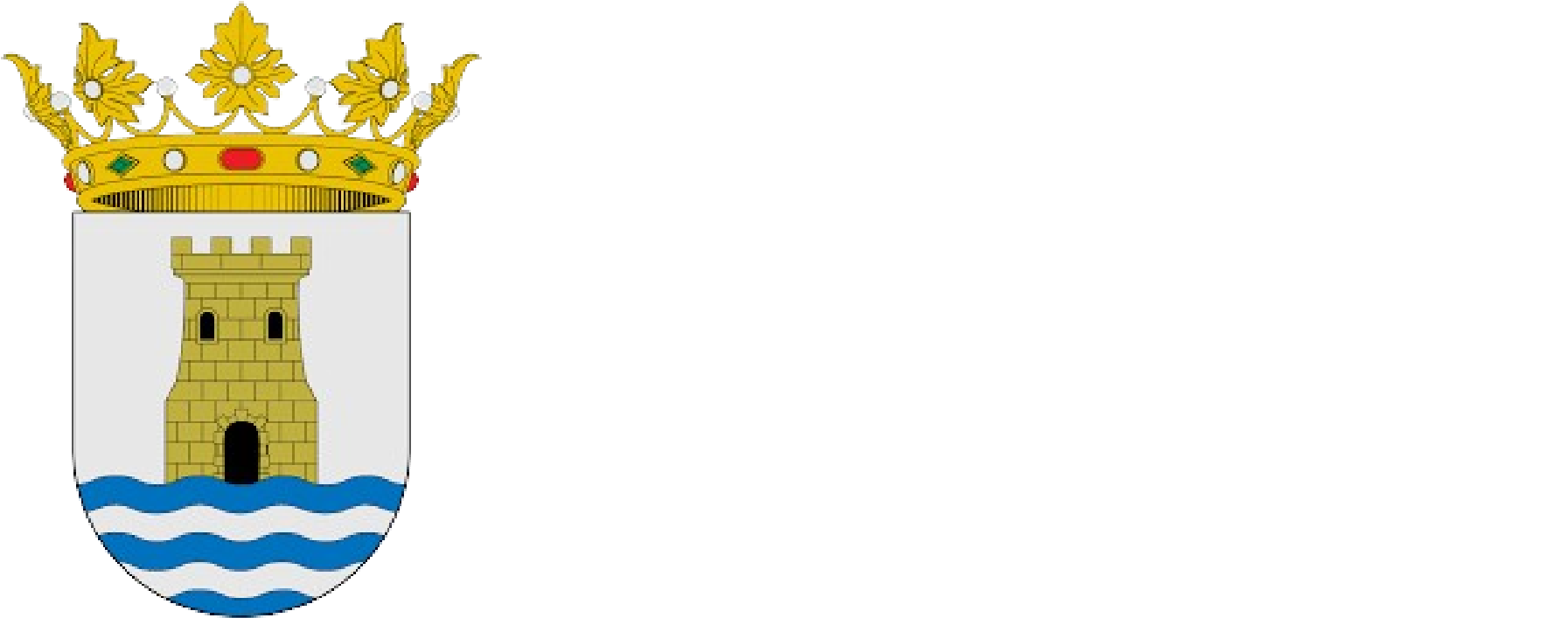History of the municipality
Guardamar de la Safor has a municipal term of1.10 km² extension (1,324 fanecadas) i 481 m of the Mediterranean coast. The municipality confronts to the north with Gandia i daimús; by the west, with Gandia i bellreguard; by the south, with Miramar; and by the east, with the Mediterranean sea. The main means of communication it has are the road of Nazareth in Oliva, a beach road and a rural road which unites it with daimús i Miramar and that runs parallel to the coastal fault. This geographical accident divides the term into one part marshy and in another higher one, oftraditional irrigated agriculture, which uses water from the Common sewer of Gandia. The urban helmet, as in daimús i Miramar, is installed on the geological fault and is organized around the “Church street". As a whole, the town appears structured in four blocks of houses i three primitive streets, to which were added, subsequently, the "Calle del Moli” and “Calle Nou“".
surely theRahal-Soltan Hispanic-Muslim farmhouse, which appears in a document of the year 1240, would be located, approximately, in the current location of the town. At the end of fourteenth century, they only lived in Guardamar three Mudejar families. his feudal lord, the knight Bernat Verdeguer, served as justice and jury in the town of Gandía for a handful of years and, among other activities, was engaged in lending money in the form of censuses. During the second half of the XV, the Verdeguer related to the Tamarit, family with which they shared business and interests. The Tamarit, apart from lending money to individuals, they also held important positions in the service of Dukes of Gandia how of attorneys or stately mayor.

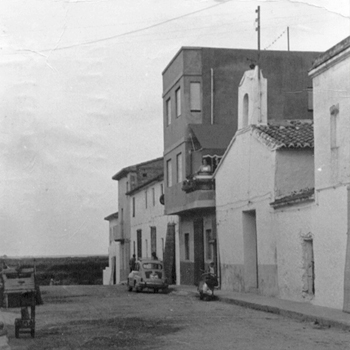
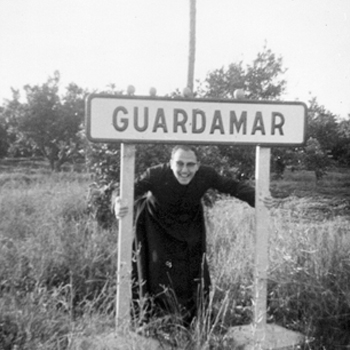
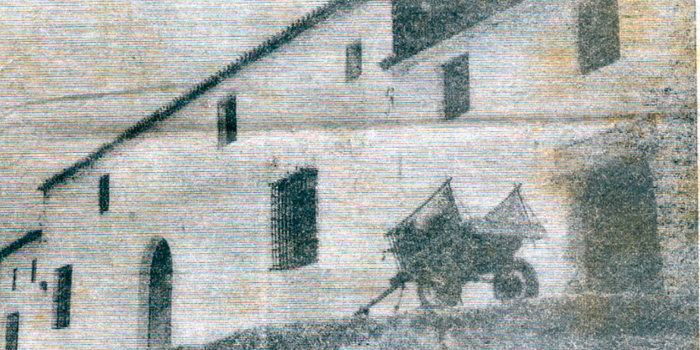
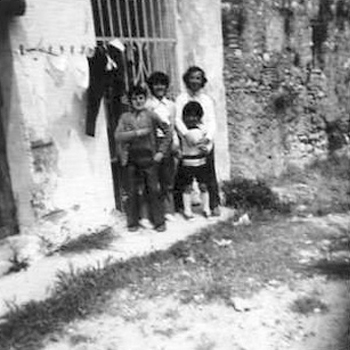
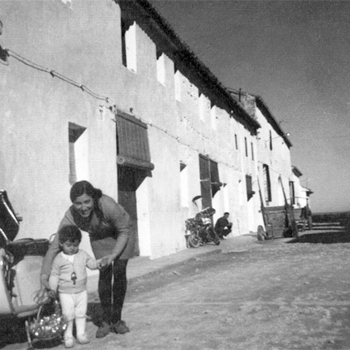


At the end of five hundred, the family Tamarit decides to build one attached mill in the lord's house, for which he must ask borrowed money. with theexpulsion of the Moors in the year 1609, the town remained uninhabited until the year 1612, when Mrs. Guardamar, Rafaela Tamarit, signed the village letter with 15 repopulator, some of which were of origin Majorcan. It was a long few years difficult and the newcomers did not take root and ended up leaving. in the year 1635, the Tamarit they are forced to sell the lordship because they were carrying a debt of almost 3000 pounds and his creditor they had gone to court. Enrique de Miranda, a generous ofolive who had received an inheritance of more than 50,000 ducats of his father, he bought the lordship for 8,300 pounds. After the expulsion of the Moors, the sugarcane was gradually replaced by the olive tree, the mulberry tree and the grape. At the end of this century, it was closed mill for the little viability of the business of sugar.
During the War of Succession (1705-1707), as in other municipalities, some residents stopped paying the manorial taxes, so they were reported to theaudience. This century is marked by the prosperity, the population increased and some owner farmers they had enough economic capacity to lease them Sunday rights of the towns and some religious institutions. in the year 1760, the lady of Guardamar, Francesca Antonia Pallarés, descendant ofEnrique de Miranda, she married him Marquis of Mira-sol, a nobleman of Valencia dedicated to commanding the military forces of safeguard from the coast of kingdom and that he was building a flour mill to the town to increase theirs revenues.
already in the eight hundred, many farmers in debt they were forced to sell their lands to the bourgeois landowners that they were interested in planting muscatel grape i rice before the business expectations of these crops. The biggest owner of the town until the year 1850 was the widow of Josep Rausell de Gandia. The attorneys of these landowners had a prominent presence in the political and social life of Guardamar between the nineteenth century and the 20th, like family Saint Matthew or little bit. A daughter of marquis married to Frederic Trenor, the lord of the convent of Saint Jerome, inherited all his father's property in Guardamar de la Safor. During the period of II Republic, in the village they worked until three taverns and there were different projects to build a new one school as well as to improve thehealthcare and the urban health. Until the end of the decade of 60 worked onprimary school and students had to be schooled in daimús. Guardamar has started thetourist operation of his beach very late, from the decade of the years 90 of twentieth century.
some of unique buildings of the town are the manor house of the Tamarits, some old rural farms and theChurch of Sant Joan Baptista which shares the patronage of the population with the Our Lady of Milk. The church is attached to the parish of Miramar from 1535. themunicipal archive keep them acts from 1828 and the accounting since the year 1880.
Frederic Barber
Author of Guardamar de la Safor. Study of the history of the town.
